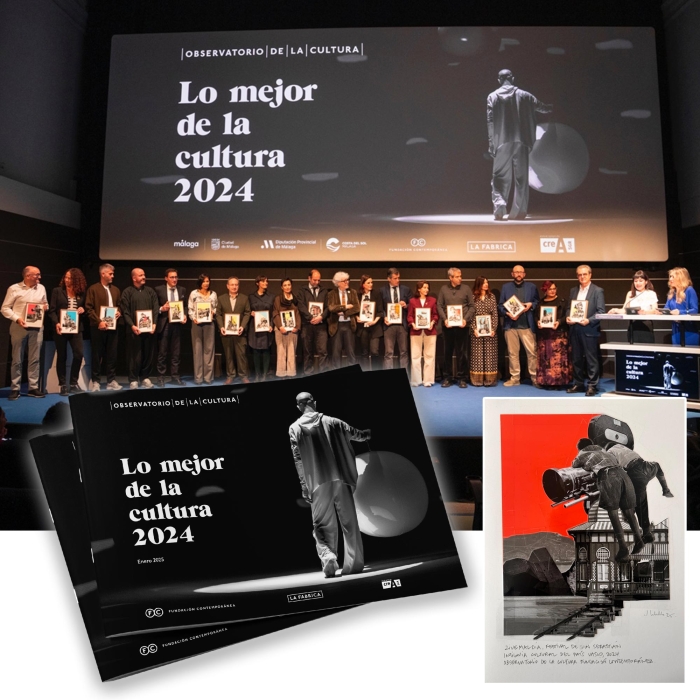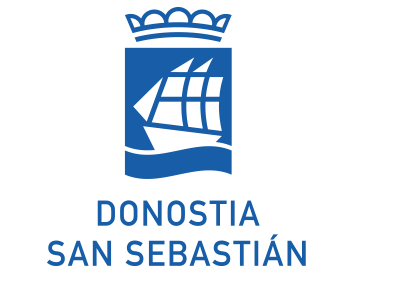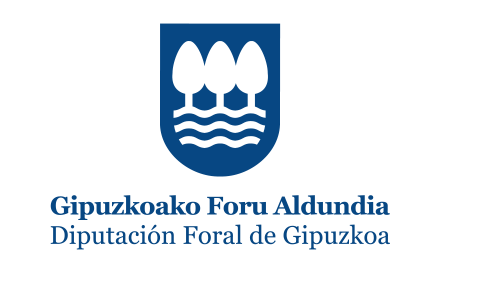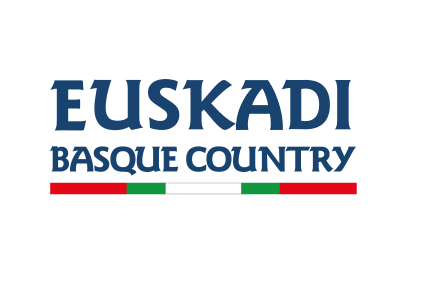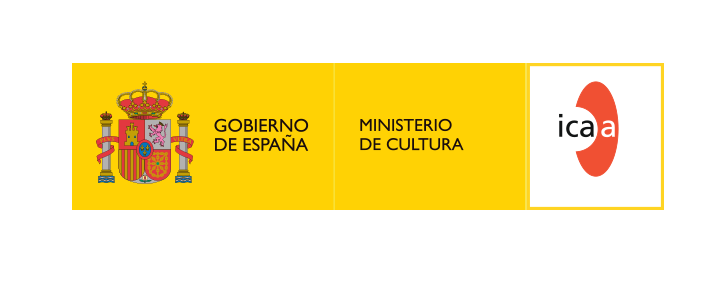YEAR: 2025
ID APARTADO: 1
APARTADO: news
SUBAPARTADO:
SECCION:
TABLE: 1
ID: 22384
LANGUAGE: in
MAQUETACION:
TITULO:
RULE: 1
Z365" or "Festival all year round" is the new strategic point of the Festival in which converge investigation, accompaniment and development of new talents (Ikusmira Berriak, Nest); training and cinematic knowledge transfer (Elías Querejeta Zine Eskola, Zinemaldia + Plus, Filmmakers' dialogue); and investigation, disclosure and cinematic thought (Z70 project, Thought and Discussion and Research and publications).
The Culture Observatory of Fundación Contemporánea has announced the results of its analysis of Spain's cultural scene in 2024. The San Sebastian Festival has moved up one place from last year and is the third most important cultural event of the past year, after the Prado Museum and the Reina Sofia National Museum and Art Centre.
The results of the study were presented at a ceremony held at the Albéniz cinema in Málaga, where the Cultural Insignias were presented to those responsible for the projects that have been recognised as the best of the year in Spain and in each autonomous community, including that of the San Sebastian Festival, whose director, José Luis Rebordinos, attended the ceremony. The San Sebastian Festival has been chosen one more year as the "cultural flagship" of the Basque Country, which recognises "the most outstanding proposal" according to the professionals of this community.
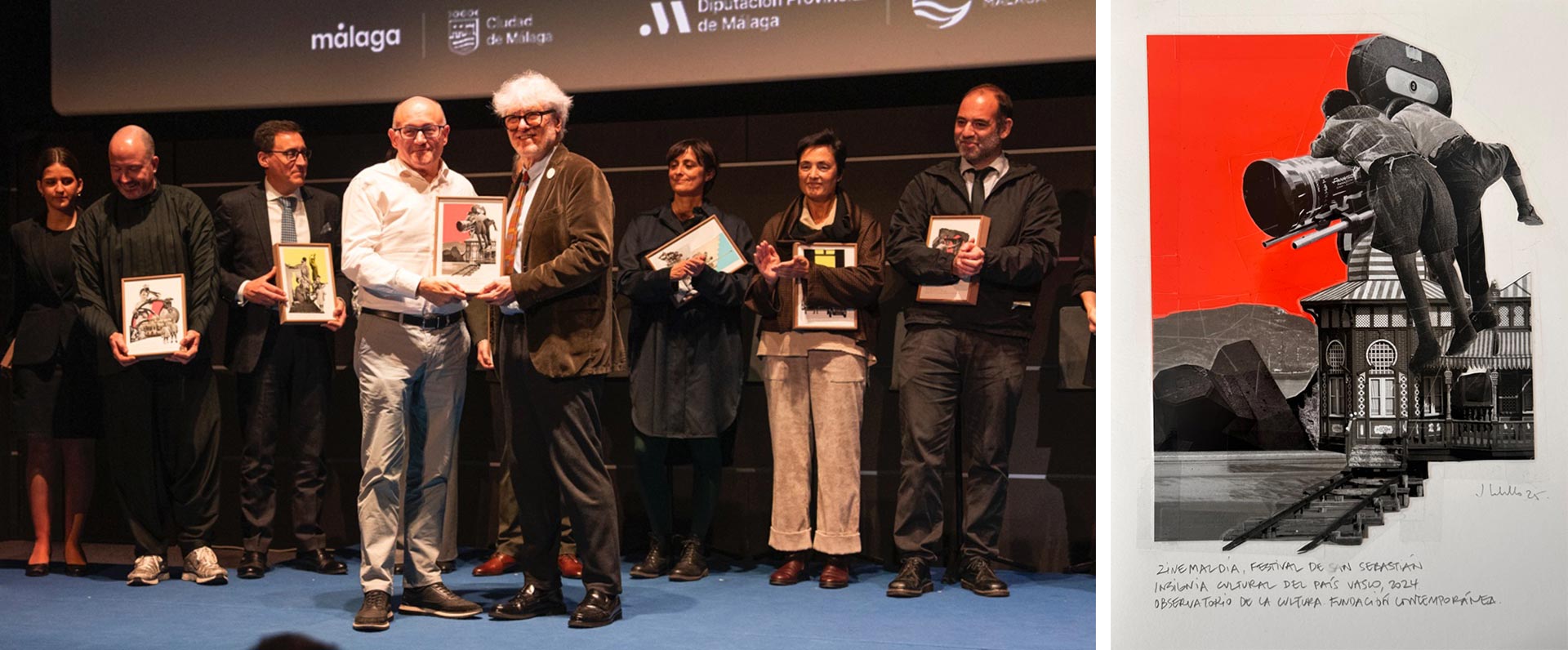
San Sebastian Festival occupies third place in the ranking headed by the Prado Museum and the Reina Sofía National Art Centre Museum. The Guggenheim Bilbao Museum, which also moved up one place, The Thyssen-Bornemisza Museum and CCCB, Centre de Cultura Contemporània de Barcelona, occupy fourth, fifth and sixth place, respectively.
Furthermore, the Basque Country is the third most highly valued region for "the quality and innovation of its cultural offer", behind Madrid and Catalonia. In the same context, San Sebastian is the seventh most valued city and also is at the top of the list amongst those with fewer than 300,000 inhabitants.
The Culture Observatory is an instrument devised to take the pulse of the sector, analyse trends, promote debate and identify shortcomings and opportunities. Since 2009, it has held an annual consultation to establish the year's most outstanding cultural institutions and events. The latest questionnaire had 461 participants, of whom 43,7% work for a public cultural organisation, 34,7% for a private cultural organisation, and 21,6% are independent professionals of the sector.
Monday to Thursday: from 9:00 a.m. to 3:30 p.m.
Fridays: from 10:00 a.m. to 2:00 p.m.

